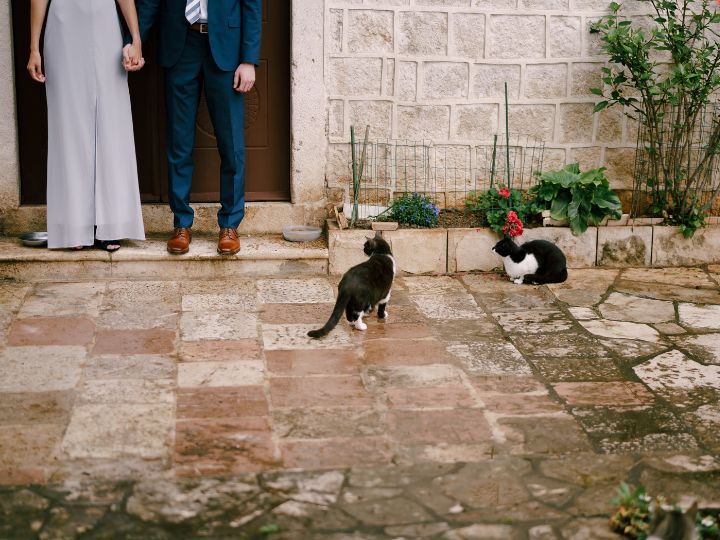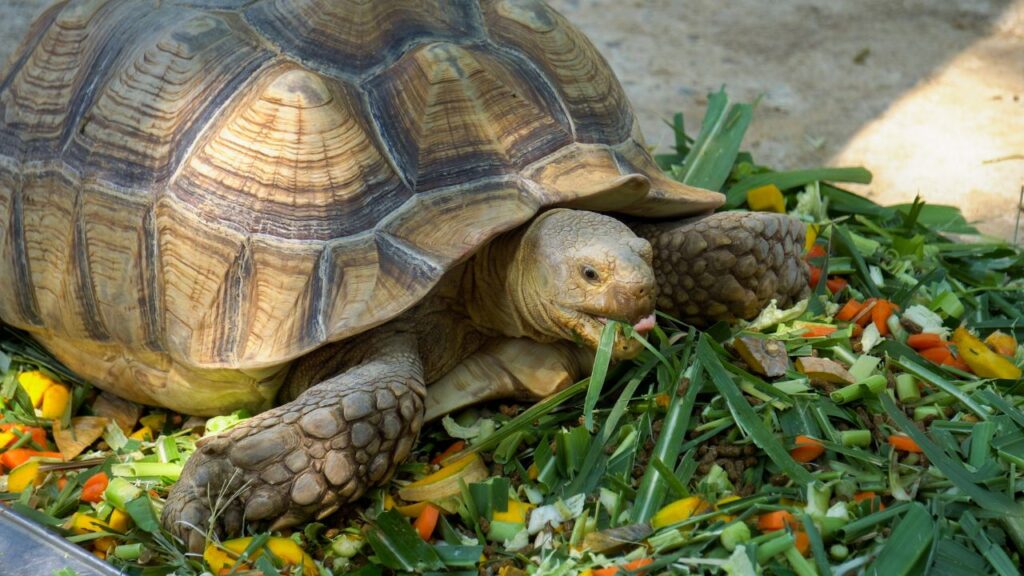Sunflower seeds, a garden’s treasure trove of nutrition, attract more than just human admirers. While they stand tall, displaying their vibrant faces to the sun, a closer look at their surroundings reveals a bustling hub of wildlife, all vying for a piece of this nutritious prize. This dynamic has sparked curiosity and concern among gardeners and nature enthusiasts alike. As we delve into the world of these unseen thieves, we uncover the diverse array of animals that may be depleting your sunflower seed stash, revealing a complex ecosystem right in your backyard.
1. Cardinals

With their brilliant red plumage, Cardinals are not only a sight to behold but also avid consumers of sunflower seeds. These birds prefer the seeds directly from the flower head or from feeders, cracking them open with their strong beaks to access the rich oils and nutrients inside, crucial for their survival especially in winter months.
2. Chickadees
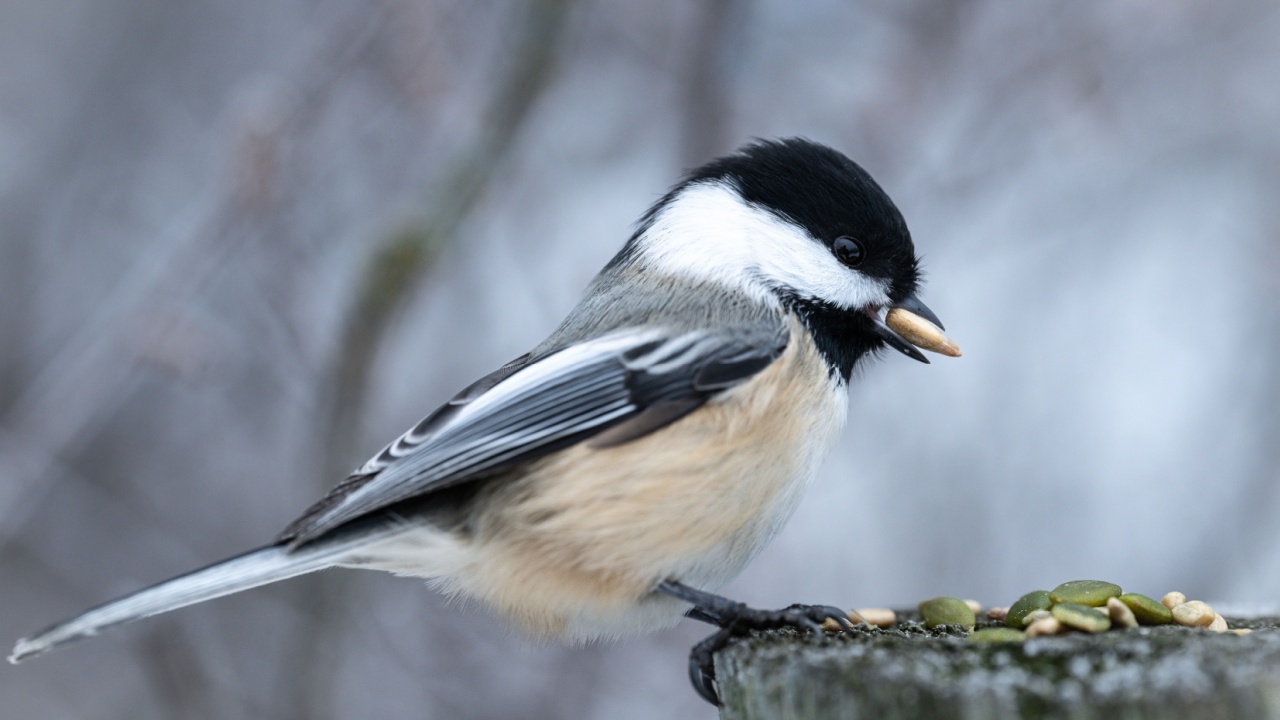
Chickadees, small yet bold, are known for their acrobatic feats when fetching sunflower seeds. They take one seed at a time, often flying off to a safe spot to peck it open, demonstrating their strategic feeding habits that ensure they stay nourished throughout the year.
3. Squirrels
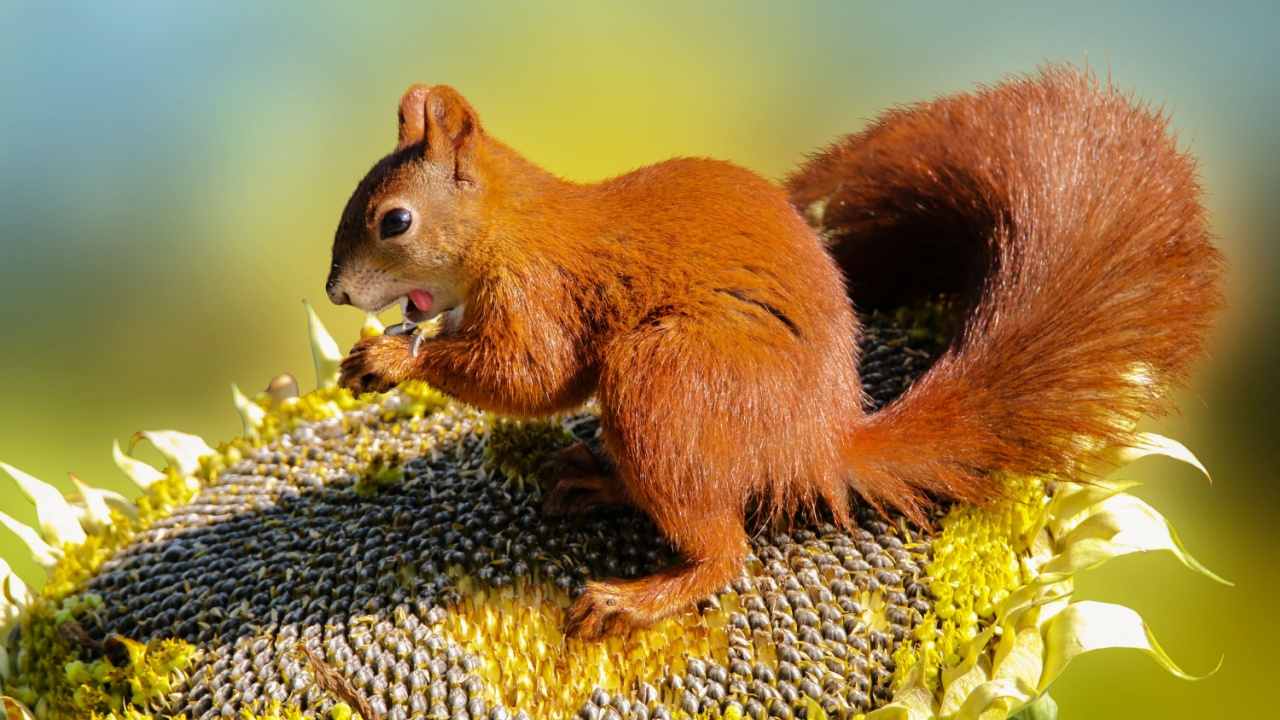
Squirrels, the notorious raiders of bird feeders, have a particular fondness for sunflower seeds. Their persistent and inventive methods to access these seeds, often outwitting human-made deterrents, showcase their adaptability and intelligence, albeit to the dismay of many gardeners.
4. Finches
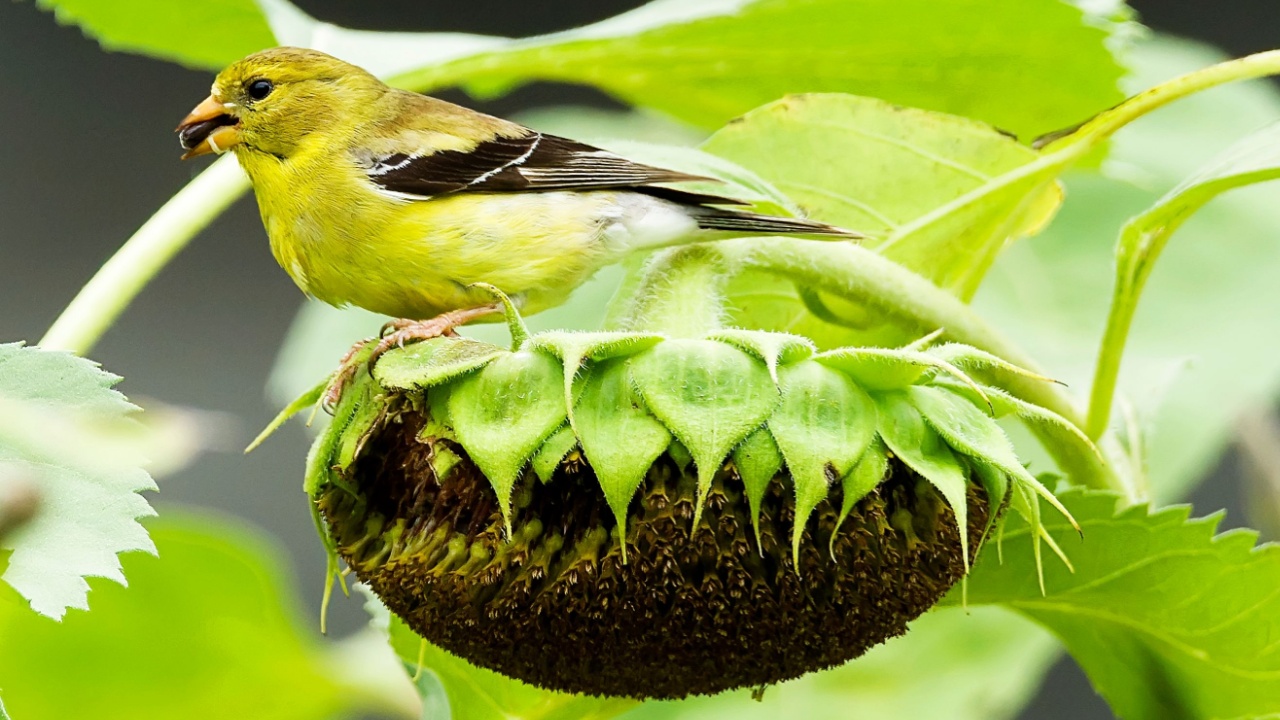
Finches, including the vibrant goldfinches, have a special affinity for sunflower seeds. These small birds utilize their pointed beaks to meticulously extract the seeds from both the flower and feeders, relying on them as a staple food source.
5. Mice
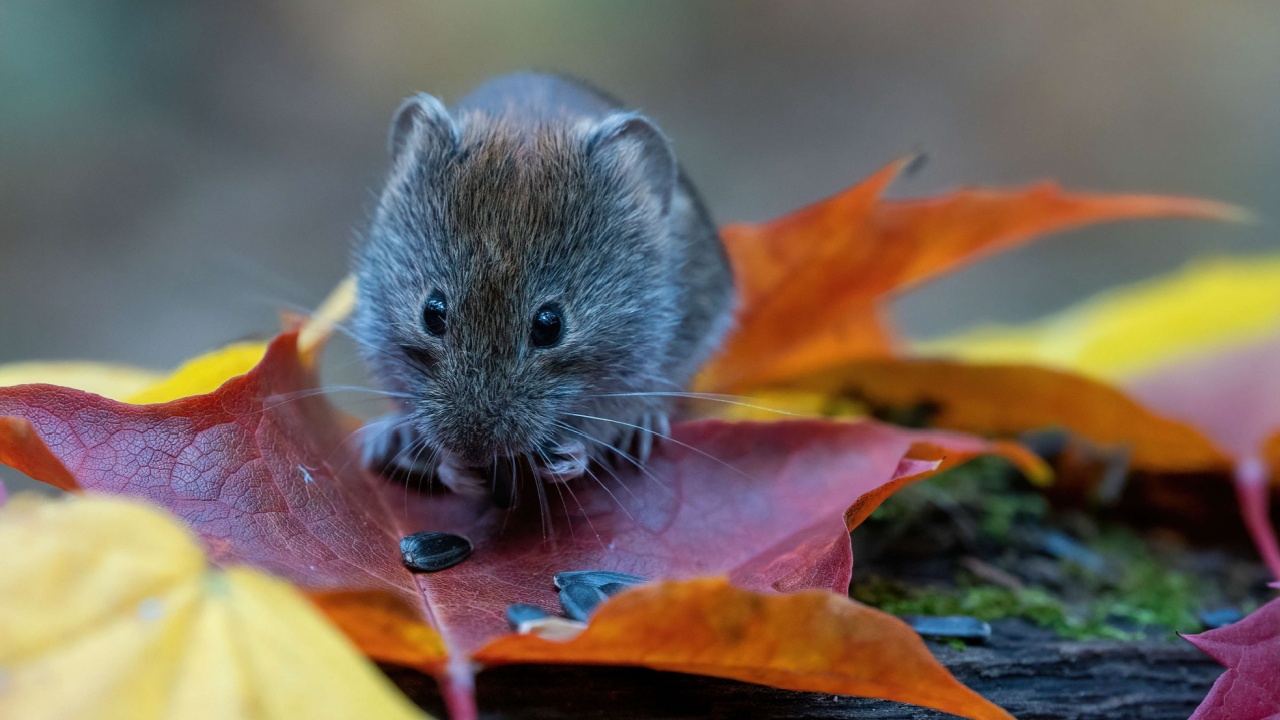
Mice, though often overlooked, are skilled at foraging for sunflower seeds on the ground. Their nocturnal ventures allow them to collect seeds unnoticed, contributing to the ecosystem’s dynamic by dispersing seeds they fail to consume.
6. Rats
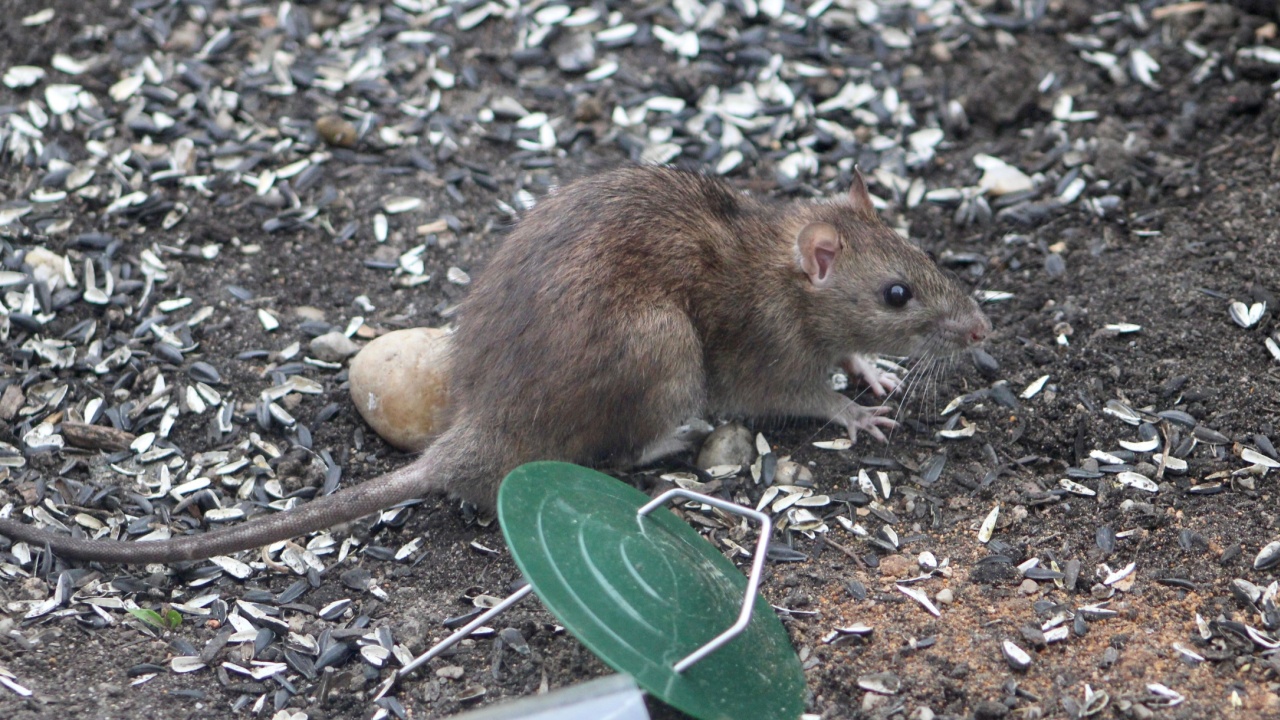
Rats, similar to their smaller rodent cousins, find sunflower seeds irresistible. Their ability to climb and gnaw through obstacles to reach these seeds highlights their resourcefulness, posing a challenge for those attempting to secure their sunflower crops.
7. Nuthatches
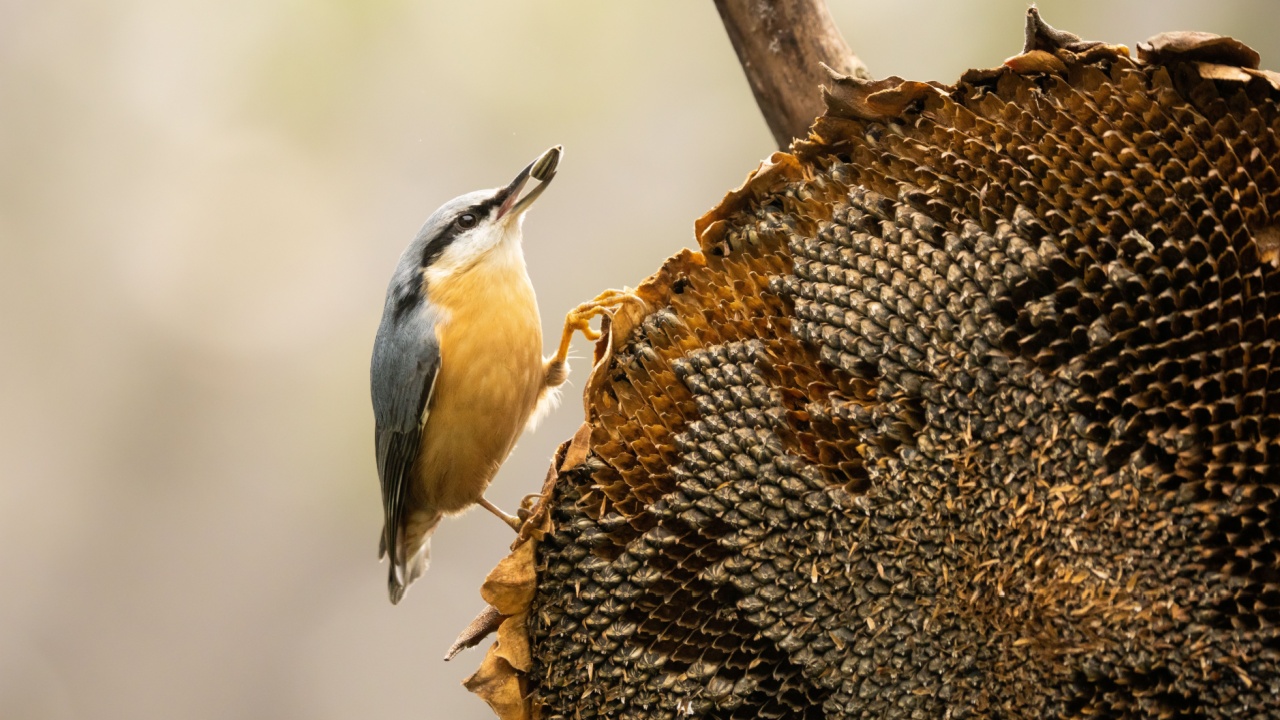
Nuthatches possess a unique head-first descending movement on trees and poles to reach sunflower seeds. Their preference for wedging seeds into bark crevices to hack them open reveals an interesting aspect of their feeding behavior, adding to the biodiversity of the garden.
8. Jays
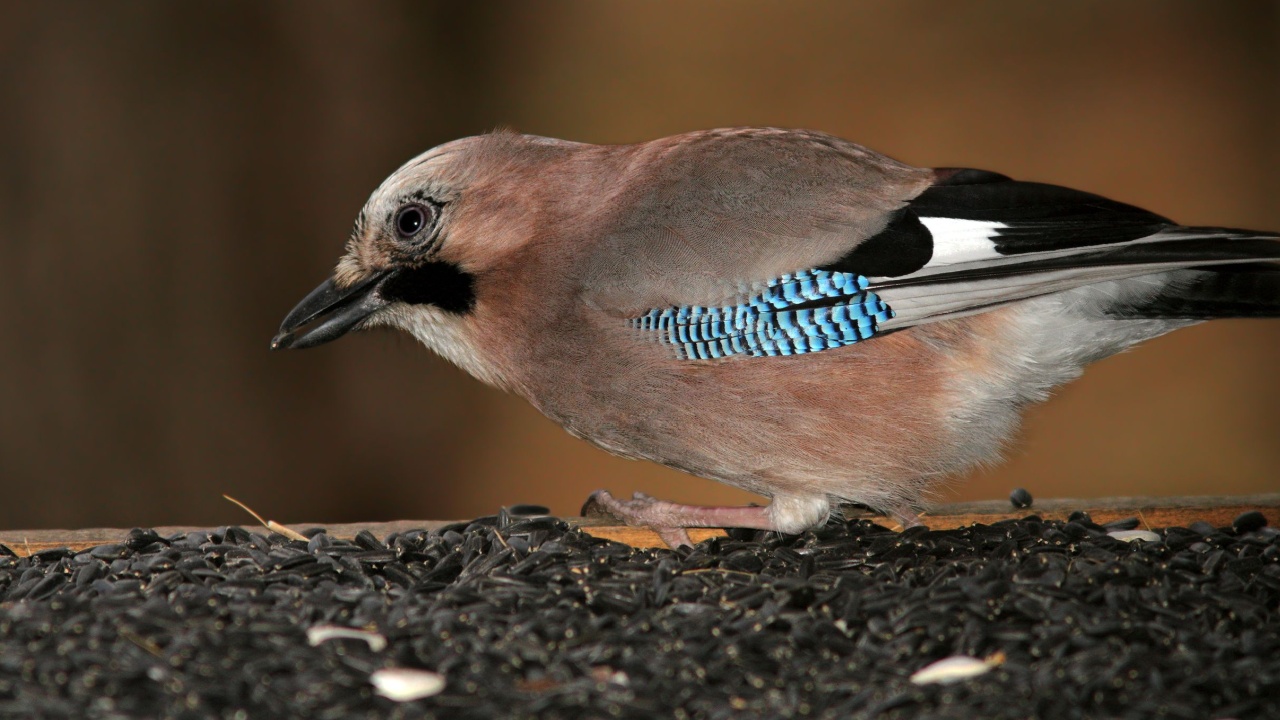
Jays, with their loud calls and bold personalities, are among the larger birds that partake in the sunflower feast. Their strong beaks easily handle sunflower seeds, and their caching behavior helps spread the seeds, inadvertently assisting in the growth of new plants.
9. Deer

Deer, though not the first animal that comes to mind, will consume sunflower seeds and plants if given the chance. Their browsing can lead to significant damage to sunflower crops, reflecting the broader challenges of managing wildlife interactions in rural and suburban gardens.
10. Bears

Bears, attracted by the scent of ripe sunflower seeds, can decimate a field overnight. Their inclusion highlights the extent to which sunflower seeds are sought after across the animal kingdom, underscoring the need for effective wildlife management strategies in areas close to bear habitats.
11. Raccoons
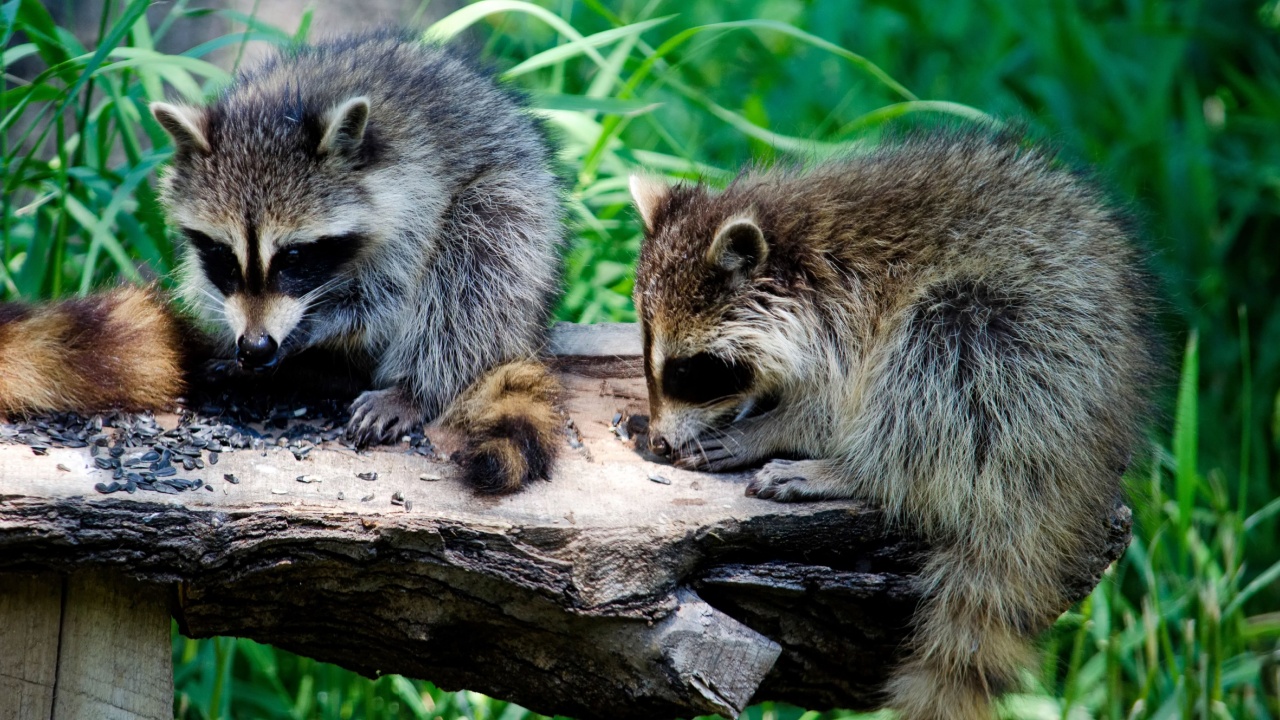
Raccoons, with their dexterous paws, are adept at manipulating sunflower heads and feeders to access the seeds. Their nocturnal feeding habits and preference for easy meals make sunflower seeds a prime target in urban and suburban settings.
12. Turkeys
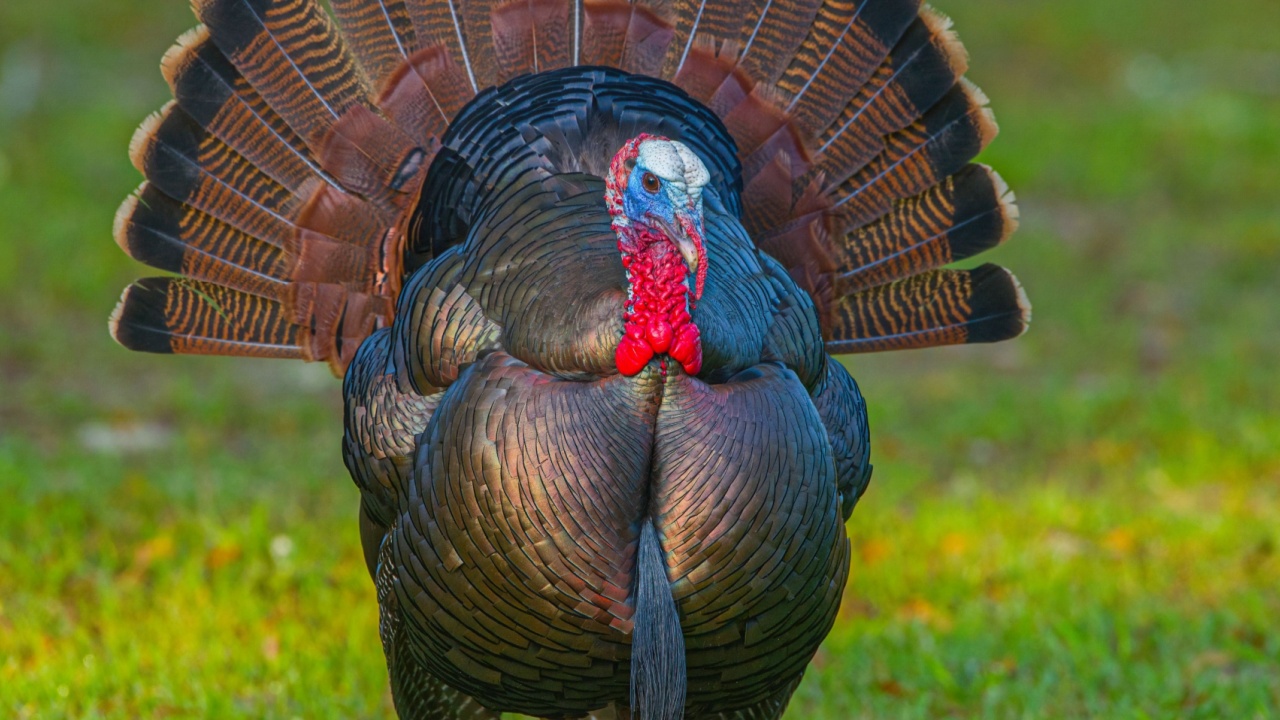
Wild turkeys, often moving in flocks, can be seen foraging for sunflower seeds on the ground. Their role in seed dispersion, while beneficial for spreading sunflower plants, can also lead to unexpected gardening surprises.
13. Pheasants
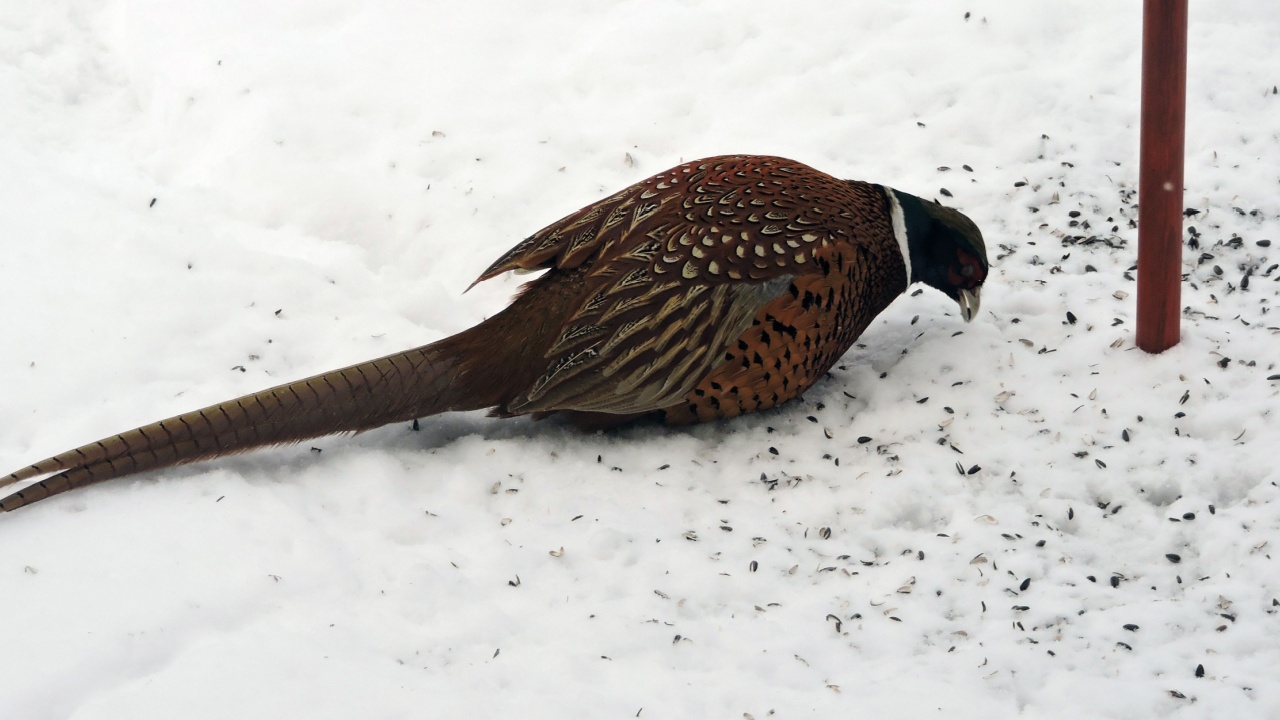
Pheasants, with their striking appearance, also enjoy sunflower seeds, often visiting fields after the harvest to pick on leftovers. Their presence adds a layer of natural beauty to the landscape, albeit with the cost of lost seeds.
14. Chipmunks
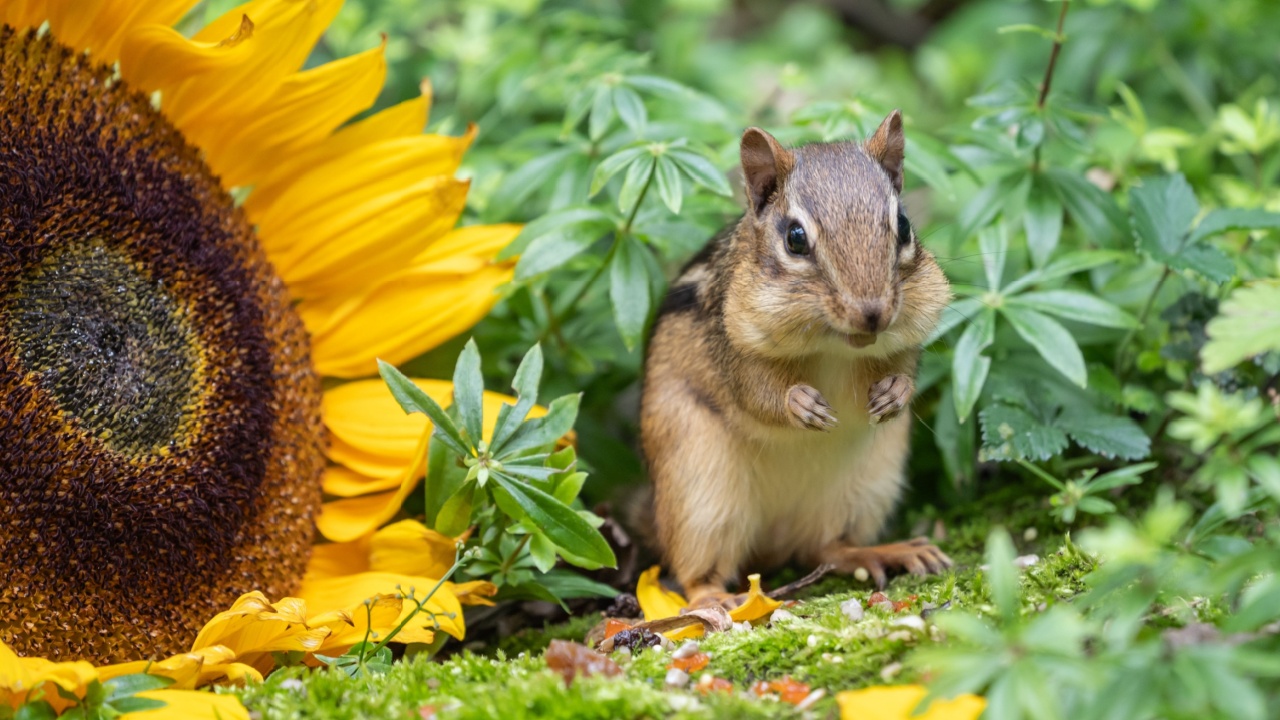
Chipmunks, the charming yet cheeky participants in the sunflower seed heist, stash away seeds in their cheek pouches to consume later. Their burrowing and hoarding habits play a unique role in seed distribution and the garden’s ecological balance.
15. Ants
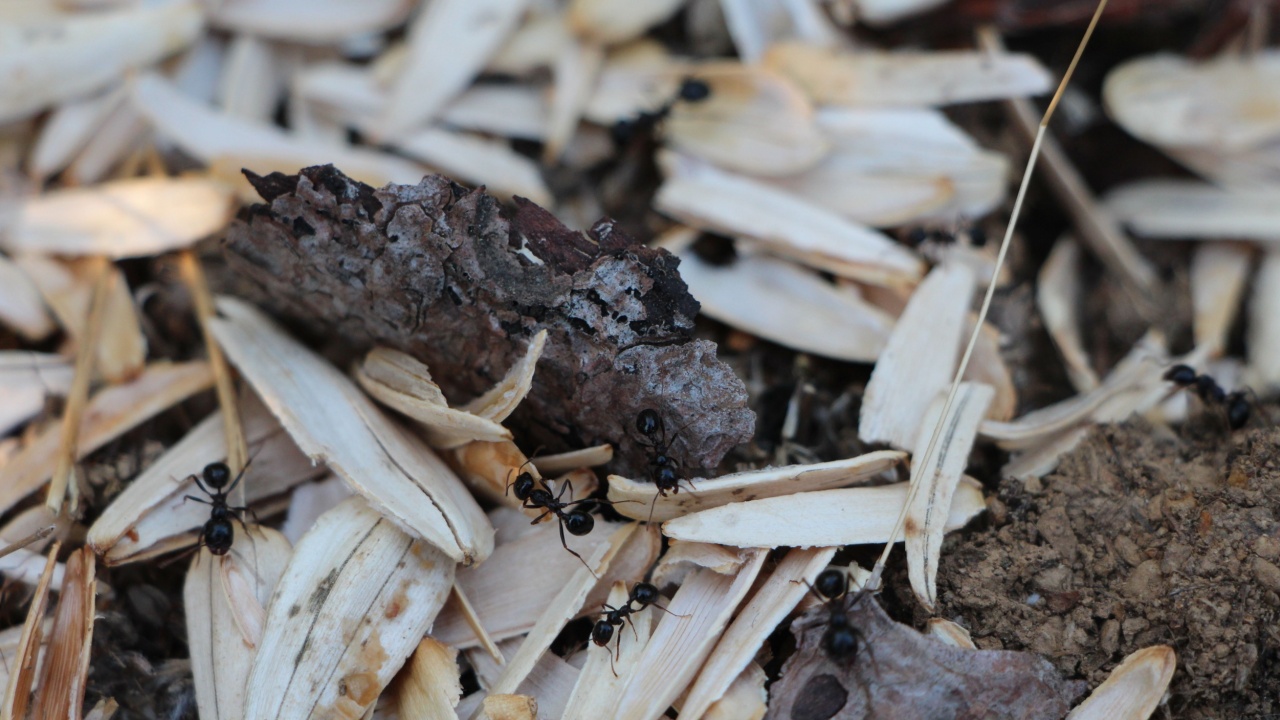
Ants, though small, should not be underestimated in their capacity to harvest sunflower seeds. Working tirelessly, they transport seeds back to their nests, contributing to the soil’s nutrient cycle and affecting the dispersion pattern of future sunflower plants.
Becky is a fervent wildlife enthusiast and pet care expert with a diploma in canine nutrition. Her love for animals stretches beyond the domestic, embracing the wild tapestry of global fauna. With over a decade of experience in animal welfare, Becky lends her expertise to OutlandishOwl through insightful articles, captivating wildlife information, and invaluable guidance on pet nutrition. Her work embodies a deep commitment to understanding the intricate lives of animals and a passion for educating others on sustaining natural habitats. Becky's hands-on conservation efforts and her knack for translating complex dietary science into practical pet feeding tips make her an indispensable voice for creatures great and small.



